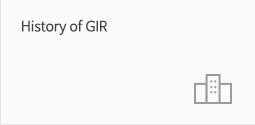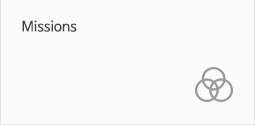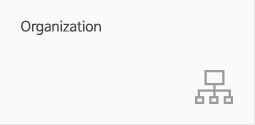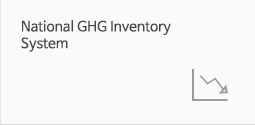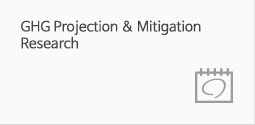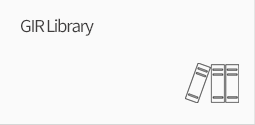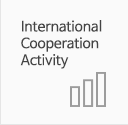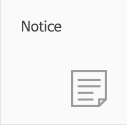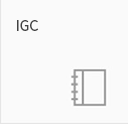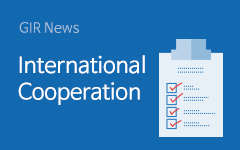board Read
| Title | [Daily Journal] Nani Gopal Das - 5 August, 2022 |
|---|---|
| Name | Nani Gopal Das |
| Date | 2022.11.17 |
| Views | 1,721 |
|
Name: Nani Gopal Das
Affiliation: Bangladesh Livestock Research Institute Journal Title: Learning of basics of GHG inventory guideline, cross-cutting issues AFULU and IPPU sector by doing exercise, seeing videos, participating in Quiz and winning gifts from professors Date: 05 August 2022 During the middle of our training programme, we learned the essential elements and importance of MRV reports (Measurement Reporting and Verification) of a non-annex 1 country (NC- National Communication and BUR- Biennial Update Report). These reports contain greenhouse gas inventory and actions undertaken to mitigate GHG emissions within the country's capacity. Similarly, we learned about reports submitted to Enhanced Transparency Framework (ETF), such as NDC (Nationally Determined Contribution) and BTR (Biennial Transparency Report) which describe the GHG inventory and national progress to achieve NDC, aiming to limit global temperature rise to below 2°C. Professor Takesh Enoki (UNFCCC) taught us the above lessons in a story-telling way and gave us an exercise to check our country reports on the UNFCCC website. The professor described the basics of GHG emission (Emission = Activity Data ×Emission Factor) and the importance of applying its improved version (Tier 2 or 3) for the key category emission estimation, following TACC principles. Taking Japan as an example, the professor illustrated the importance of institutional arrangement for ensuring AC/AQ of a GHG inventory compilation process. Also, the professor introduced us to IPCC guideline websites, inventory tools, and the EFBD database for emission factors. He mentioned that it is not the lack of specific emission factors, but the activity data that most developing countries suffer from for producing a good GHG inventory. Learning GHG emission estimation according to revised IPCC (2006) guideline with an example of Senegal data helped me get a clear concept of it, I would like to express gratitude to Professor Sngarize. She also presented the evolution of IPCC guidelines and their use in calculating GHG emissions from enteric fermentation and manure management. She mentioned that we may use milk production data to estimate dairy cattle data if dairy cattle population data are not available. Also, my thanks go to Professor Moon-Jung Kim who presented South Korea’s experience on GHG inventory systems applying IPCC 2006 guidelines. Lastly, we learned about how to produce GHG inventory in the IPPU sector by following both Tier 1 and Tier 2 approaches of IPCC guidelines by doing some exercises using both Excel and IPCC inventory software. This is Professor Seungho Han, Seul Energy Corporation, to whom we should ever remain proud for his unique teaching style by making a lot of fun with us, showing relevant videos and giving gifts while giving the lectures. In the end, we presented our IPPU inventory using PowerPoint as reported in our national reports. Coordinator's comments: A very well summarized journal of 4 different lectures! Despite of difficulties in continuing the class in an online format, both Mr. Enoki and Ms. Sekai elaborated in a very detailed manner important insights regarding reports on GHG inventory, basics of emissions as well as the AFOLU sector. I would like to express my appreciation to lecturers and also to you and everyone for keeping your focus throughout the lecture. I know it is very hard to concentrate on online media, especially if it's for learning purposes, for several straight hours. And yet your strong concentration enabled you to gain key takeaways from lectures which made me feel so proud once again to have you as our trainee. Good on you, Nani! |
|


